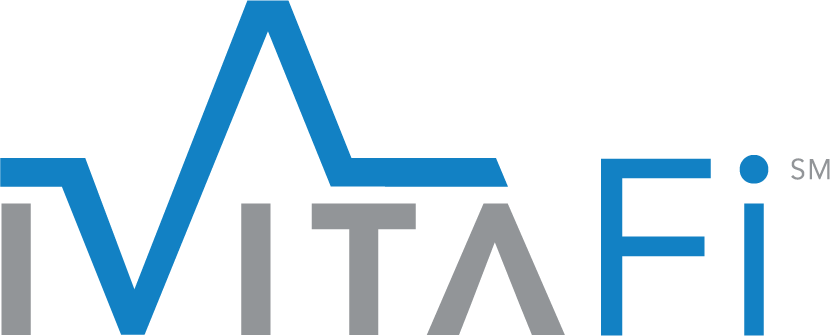Patients’ out-of-pocket responsibility is determining a larger percentage of provider revenue than ever before. From 2012 to 2017 alone, hospital revenue from patient financial responsibility rose 88 percent1. What used to be the major obstacles in health care debt collection – poor, disadvantaged, uninsured, chronically sick, or one major medical event that required an emergency room visit or hospital stay, are no longer the root cause.
As insurance reform continues to shift more of the financial responsibility to the patient, a growing number of insured patients are contributing to the healthcare-debt portfolio. Americans are estimated to owe at least $195 billion in medical debt2 with more than 43 million adults shouldering roughly $88 billion of healthcare debt3 that has progressed to collections. It’s not just high balance bills from catastrophic events going unpaid, either. Even moderate balances of $500 or less are not being collected.
Insurance reform and outdated billing practices are leading factors impacting patients’ ability to pay for medical care.
Insurance Reform: The Rise of HDHPs and Higher Out-of-Pocket Costs
Although there are many factors contributing to growing Day Sales Outstanding (DSOs), slow patient payments are the top of the list.
Late payments and unpaid medical bills are nothing new. However, the percentage of American’s today with medical-related debt has never been higher. Research conducted in September of 2021 found that 50% of all Americans now have medical debt4 and of those, nearly 46% have medical debt in collections. Most of those who carry medical debt owe between $1,000 and $5,000.
A handful of elements have created a financial “perfect storm” for the healthcare industry, including:
- Ballooning premiums
Since the Affordable Care Act passed, insurance premiums for families covered by employer-sponsored plans increased 47 percent 5— outpacing inflation (23%) and wage growth (31%).
- HDHPs
To help manage the rising cost of premiums, a new “pay for what you use” model emerged—the High Deductible Health Plan (HDHP). - Misused HSAs
Health Savings Accounts (HSAs) were added to HDHPs to be a safety net—but recent studies show the majority of account holders are using HSAs like checking accounts (paying for everyday medical expenses like prescriptions, copays, and deductibles). - Lack of priority
Medical bills still rank lowest when it comes to prioritizing monthly payments, behind mortgage, rent, utilities, auto payments, credit cards, and bank loans. According to the Consumer Financial Protection Bureau6, 58% of bills that were in collections and on people’s credit records are medical bills as of Q2 2021.
Outdated Billing Practices
A patient’s financial journey is often riddled with redundancy, confusion and a lack of transparency and communication from hospital staff. Many times, the patient will never receive an estimate for what is owed, or even an acknowledgment that they owe anything at all. Several believe having insurance will cover their total balance; not understanding there is a co-pay, deductible, and co-insurance amount, often resulting in the patient owing a significant amount of money.
All these things culminate in a frustrating experience that burdens the patient with a bill that is unexpected, unclear or both; despite this, the vast majority of patients still want to pay. There remains, however, a disconnect between the desire and intent to pay and the high rate of non-payment. This disparity is attributable, to some extent, to outdated billing practices.
While 46 percent of consumers prefer electronic communications for medical bills and 65 percent prefer paying medical bills online, 88 percent of providers bill patients using manual and paper-based methods7. The challenges facing provider revenue cycle teams only compound from there:
- A recent study by the Association of Credit and Collection Professionals found it costs four times more to collect from patients than it does from an insurance company.
- For a bill over $300, the average patient takes longer than six months to pay their balance in full.
- 30% of the average healthcare bill now comes from the patient’s pocket.
- Commercial payers (insurance companies and the government) have pushed more of the financial burden to the patient.
- Time is not on the provider’s side. The more time that passes, the less confident providers are that they will be able to collect what is owed.
- 50% estimate they can recover only up to 10% of their bad debt, meaning that up to 10% could actually be recovered from a payer or self-pay patient.
- 41% estimate they can recover between 10-20% of their bad debt, while only 9% estimate they can recover 20% or more of their bad debt.
This reality leaves hospitals and physicians scrambling to find a better way to prepare patients for out-of-pocket expenses. It also reveals that the traditional ways of managing revenue cycle aren’t working.
The good news for providers is that there are emerging best practices that are helping leading providers improve more of what’s owed more quickly while at the same time, improving the patient experience. In our next blog post, we will explore the leading strategies driving patient payment collections in the current environment.
_____________________________________________________________________________________
- Home – Elevate Patient Financial Solutions (elevatepfs.com)
- The burden of medical debt in the United States – Peterson-KFF Health System Tracker
- CFPB Estimates $88 Billion in Medical Bills on Credit Reports | Consumer Financial Protection Bureau (consumerfinance.gov)
- Many Americans Can’t Afford Less than $5,000 in Medical Debt – Debt.com
- Section 1: Cost of Health Insurance – 9805 | KFF
- CFPB Estimates $88 Billion in Medical Bills on Credit Reports | Consumer Financial Protection Bureau (consumerfinance.gov)
- Patient Collections Takes Over a Month for Most Providers (revcycleintelligence.com)

